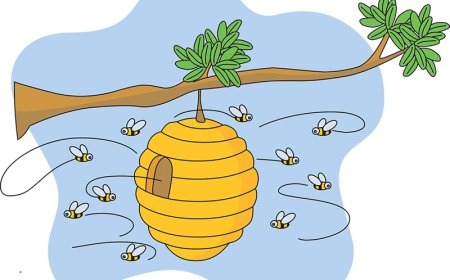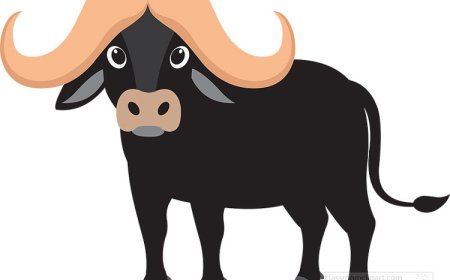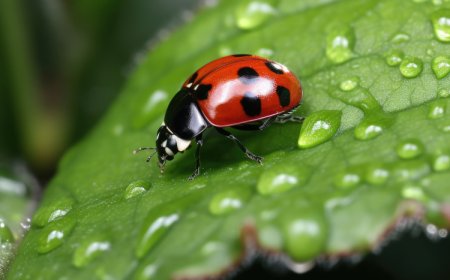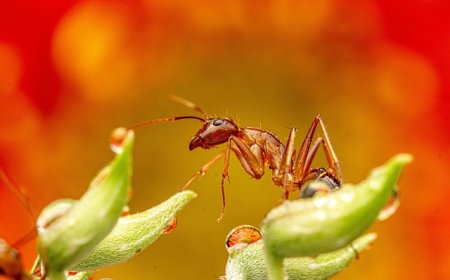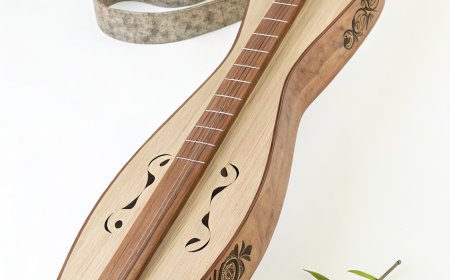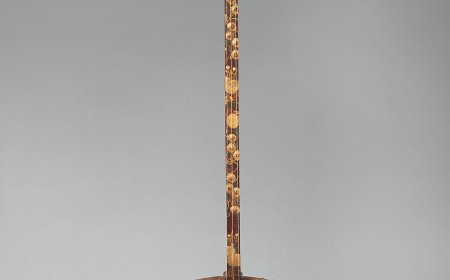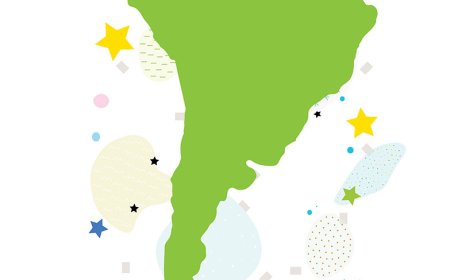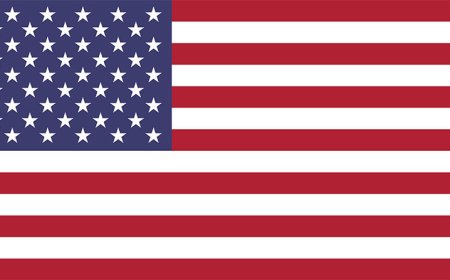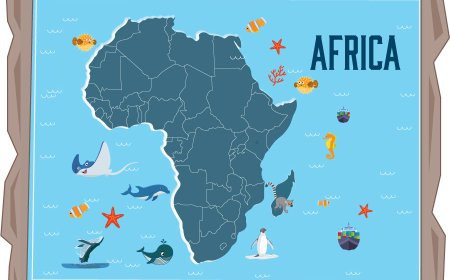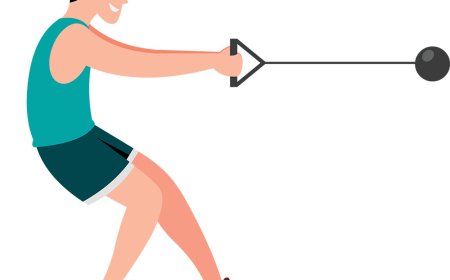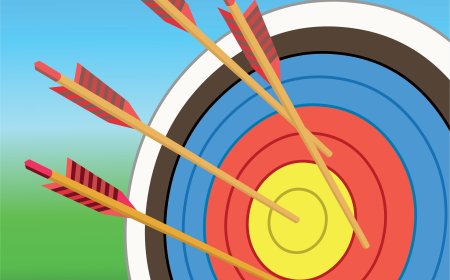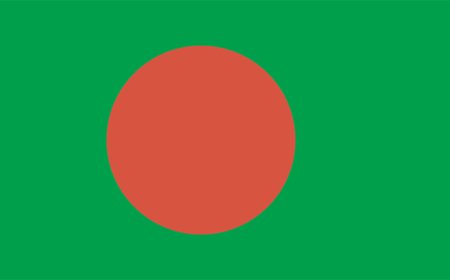International Women’s Day History Traditions and Fun Facts
Learn the history traditions and fun facts of International Women’s Day in this student guide about celebrating women’s achievements and equality
💜 Introduction
Every year on March 8, people around the world celebrate International Women's Day (IWD). It's a time to recognize the achievements of women in history and today, and to raise awareness about gender equality.
International Women's Day is marked with events, marches, and activities that honor women's contributions in science, art, politics, education, and more. It's also a day to inspire future generations to continue working toward fairness and equal opportunities for all.
📜 History and Origins
International Women's Day began in the early 1900s during a time of great change. Women were fighting for the right to vote, better working conditions, and fair treatment. The first official IWD was celebrated in 1911 in Austria, Denmark, Germany, and Switzerland.
The United Nations began recognizing International Women's Day in 1977, giving it a global platform to promote women's rights and gender equality.
🎉 Traditions and Customs
🎤 Marches and Rallies
In many cities, people gather to speak about equality and celebrate women's achievements.
🌷 Giving Flowers
In some countries, it's common to give women flowers, especially mimosas, as a sign of respect and appreciation.
📚 Educational Events
Schools and organizations host talks, art displays, and projects that highlight women in history and today.
🌟 Symbols and Meanings
-
💜 Purple - Justice and dignity.
-
🌼 Mimosa Flower - Respect, friendship, and appreciation.
-
♀️ Venus Symbol - Represents women and femininity.
🌍 How It's Celebrated Today
International Women's Day is recognized in over 100 countries. Some nations make it an official holiday, while others celebrate with community events, media campaigns, and educational programs. Businesses and schools often use the day to spotlight women's accomplishments in their fields.
💡 Fun Facts
-
📅 The first National Women's Day in the U.S. was in 1909.
-
🌍 Each year has a different global theme set by the UN.
-
💐 In Italy, people give yellow mimosa flowers to women.
-
📚 Many schools use IWD to teach about important women in history.
📚 Vocabulary List
-
Equality - Fair treatment and opportunities for all.
-
Dignity - Self-respect and honor.
-
Achievement - Something done successfully.
-
Rights - Freedoms and protections people have.
-
Campaign - Planned effort to bring change.
-
Recognition - Public acknowledgment of effort or success.
-
Symbol - An image or object that represents something else.
-
Empowerment - Gaining confidence and control over one's life.
📝 Key Takeaways
-
International Women's Day is celebrated on March 8 every year.
-
It began in the early 1900s to promote women's rights.
-
The day recognizes women's achievements and calls for equality.
-
Traditions include marches, giving flowers, and educational events.
-
The UN helps promote IWD themes worldwide.
🧠 Interactive Quiz
1. When is International Women’s Day celebrated?
A) January 1
B) March 8
C) July 4
D) December 25
2. What year was the first official International Women’s Day celebrated?
A) 1909
B) 1911
C) 1920
D) 1977
3. Which organization began officially recognizing IWD in 1977?
A) World Health Organization
B) United Nations
C) International Olympic Committee
D) European Union
4. What flower is often given in Italy on IWD?
A) Rose
B) Mimosa
C) Tulip
D) Daisy
5. What color is most associated with International Women’s Day?
A) Blue
B) Red
C) Purple
D) Green
6. What does the Venus symbol represent?
A) Peace
B) Women and femininity
C) Strength
D) Freedom
7. What is the main goal of IWD?
A) Celebrate summer
B) Promote women’s rights and equality
C) Sell flowers
D) Celebrate the harvest
8. Which country first held a National Women’s Day in 1909?
A) France
B) United States
C) Italy
D) Australia


